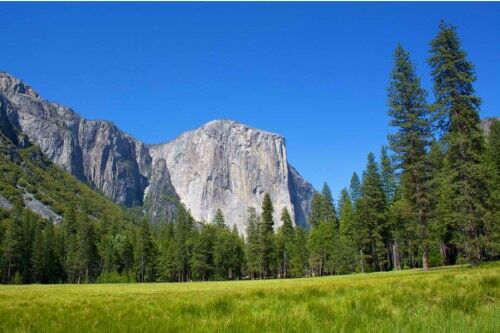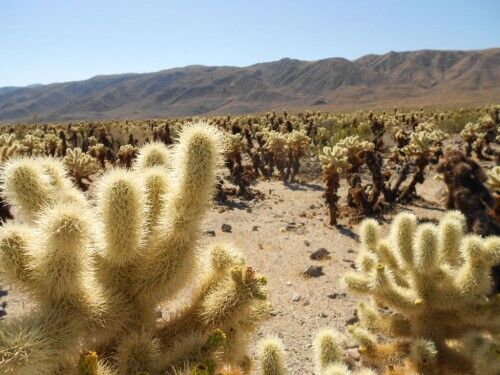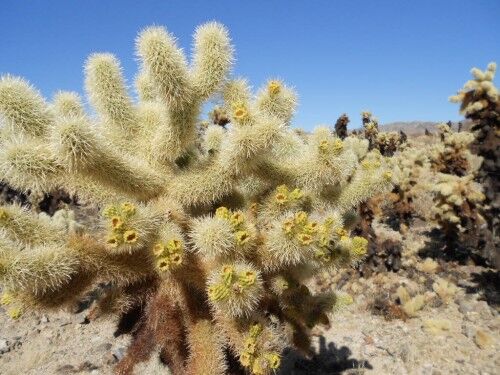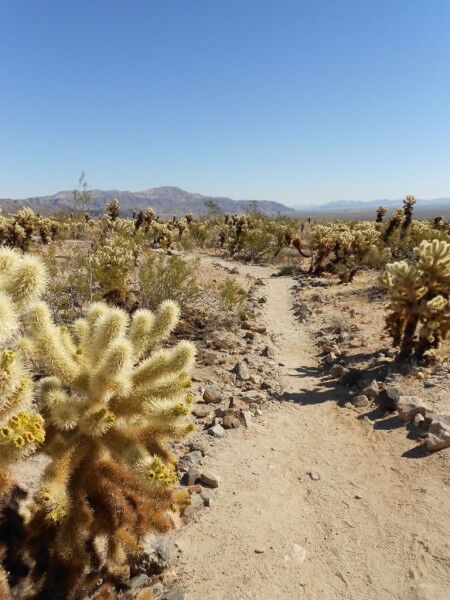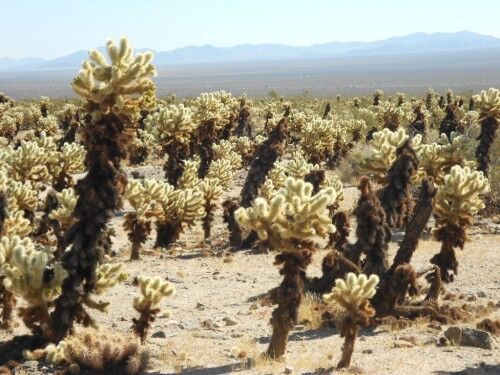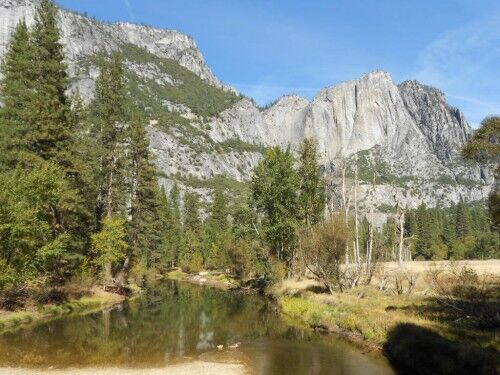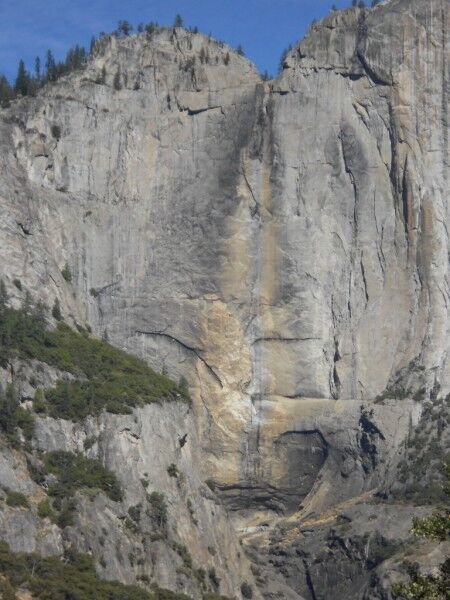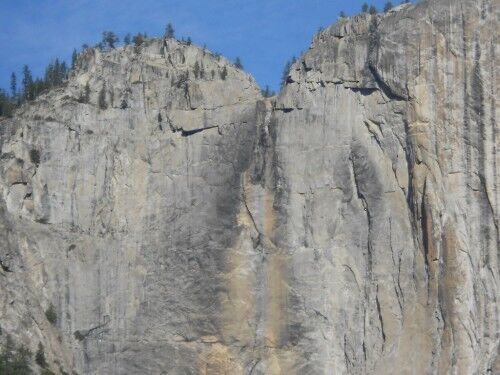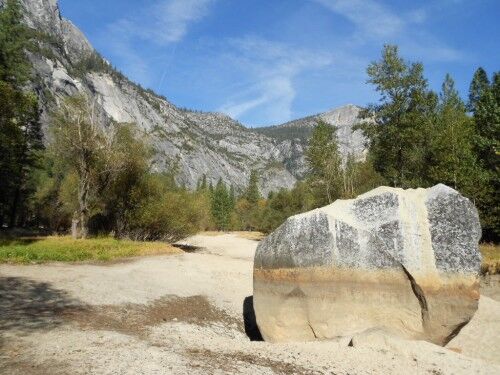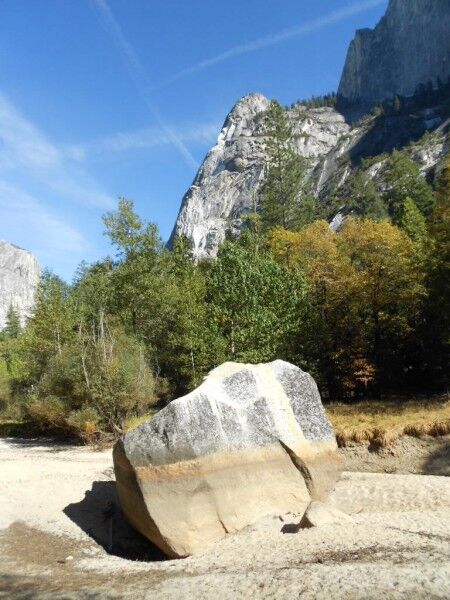One of the unfortunate things and growing problem that I see much too often at national parks is graffiti. I really don’t understand why people feel it’s necessary to come to an amazingly beautiful place, and they feel the need to leave a mark so that it isn’t quite as beautiful for the next person that comes around. In fact, some national parks have resorted to putting up anti graffiti fine signs in an attempt to keep people from marking up sites within national parks. During my recent visit to Death Valley at Badwater, one thing that you couldn’t help but notice was the large amount of graffiti etched into the salt while walking out into the valley:

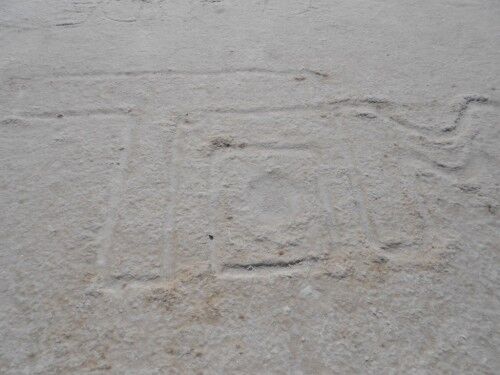
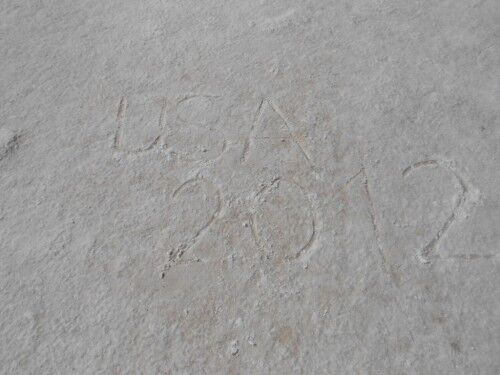
Not only was there a lot of it, people were openly carving their preferred graffiti into the salt without a hint of anything being wrong in doing so. I stopped to ask a few people who were carving their names into the salt why they thought it was OK and they gave two basic answers. First, they said that everyone else had done it so one more person doing it wouldn’t really matter. The second reason was that the graffiti wasn’t really “permanent” since water would at some point flow over it and wash it away in time. They likened it to writing something on a beach where the waves would eventually come in and wash whatever was written in the sand away.
The problem with the first justification I think is obvious to all. Just because someone has done something doesn’t make it right and OK for others to do. The problem with the second is that the process of eliminating the salt graffiti would take a much longer period than the waves washing away things written in the sand. The graffiti etched into the salt was likely to stay there for months at a minimum.
While I was disappointed that so many people felt the need to write their names into the salt, the second justification does bring up an interesting question. In your opinion, is temporary graffiti acceptable in any instance in national parks?

